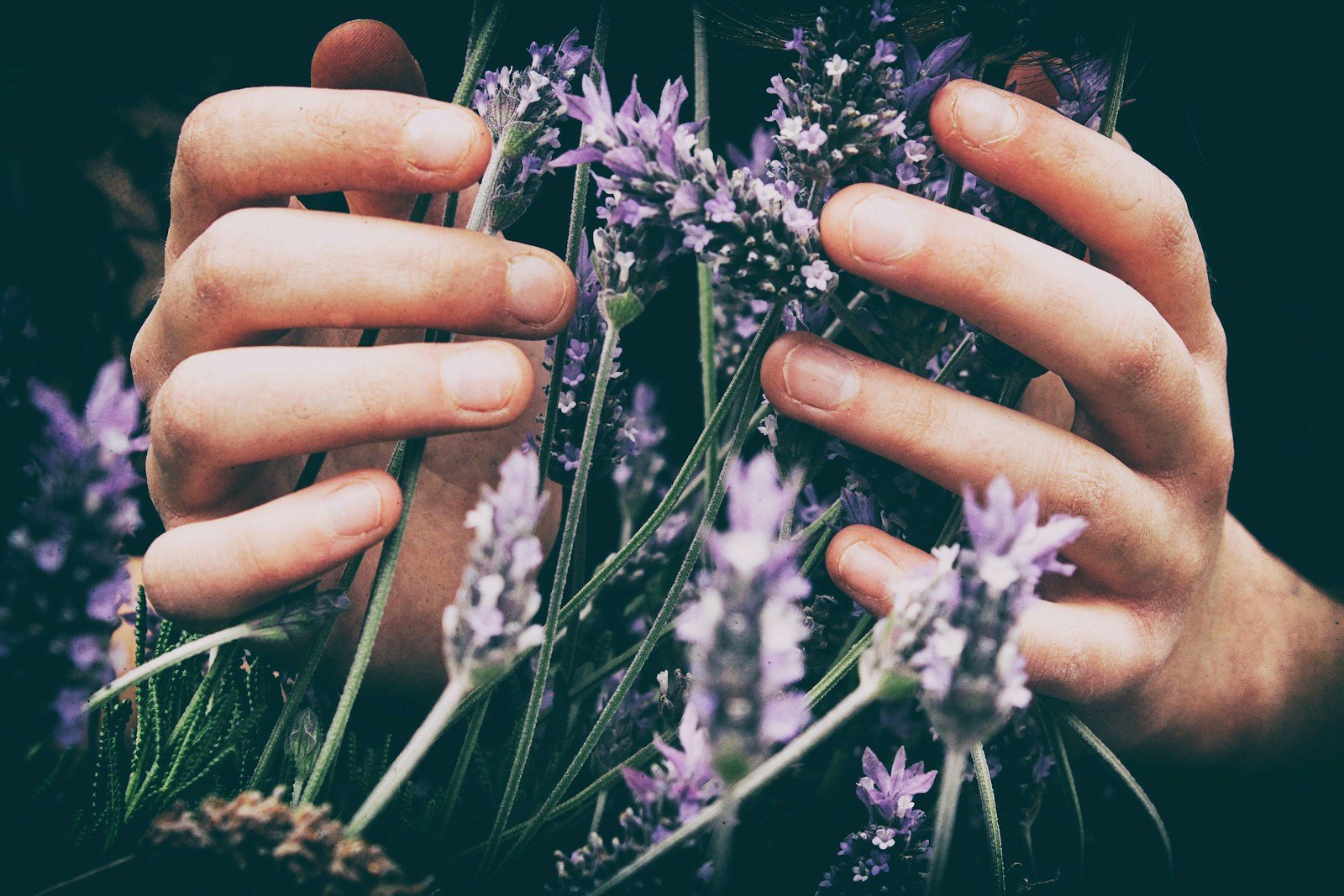Introduction
Lavender is a beautiful and fragrant flower known for its calming scent and vibrant color. This versatile plant is easy to grow and can be used in a variety of ways, from home decor to cooking and natural remedies. In this guide, we’ll walk you through everything you need to know about growing lavender, caring for it, and using it in your daily life. Whether you’re a gardening beginner or a seasoned plant lover, this guide will help you make the most of this delightful flower.
What is Lavender?
Lavender is a small, aromatic shrub that belongs to the mint family. It’s native to the Mediterranean region but is now grown in many parts of the world. Its purple flowers are not only beautiful but also known for their soothing scent, making lavender a popular choice for gardens, essential oils, and dried floral arrangements.
Types of Lavender
There are many different varieties of lavender, but the most popular ones include:
- English Lavender (Lavandula angustifolia)
Known for its sweet fragrance, this type is commonly used in perfumes and essential oils. - French Lavender (Lavandula dentata)
It has a milder scent and is often grown for decorative purposes. - Spanish Lavender (Lavandula stoechas)
This variety is known for its unique, showy blooms and is great for garden landscaping. - Lavandin (Lavandula × intermedia)
A hybrid of English and Portuguese lavender, this type is more robust and has a stronger scent.
How to Grow Lavender
Growing lavender is easy if you follow a few simple steps. Here’s how to get started:
1. Choosing the Right Location
Lavender thrives in sunny locations with well-drained soil. It needs at least 6 hours of sunlight each day, so choose a spot in your garden that gets plenty of light.
2. Planting Lavender
- Soil Preparation: Lavender grows best in slightly alkaline soil. If your soil is too acidic, you can add some lime to balance the pH.
- Spacing: When planting lavender, space the plants about 2 to 3 feet apart to ensure proper air circulation, which helps prevent disease.
- Watering: Water your lavender regularly, especially in the first year, to help the plants establish themselves. After that, they are fairly drought-tolerant.
3. Pruning Lavender
Prune your lavender plants once or twice a year to keep them healthy and encourage new growth. Pruning also helps the plant maintain its shape and prevents it from becoming too woody.
4. Fertilizing Lavender
Lavender doesn’t need much fertilizer. A slow-release, balanced fertilizer applied in early spring is sufficient for healthy growth.
Using Lavender at Home
Lavender isn’t just for your garden! Here are some creative ways to use lavender around the house:
1. Making Lavender Sachets
Dried lavender can be placed in small cloth bags to make sachets. These sachets can be tucked into drawers or closets to keep your clothes smelling fresh.
2. Lavender Essential Oil
Lavender oil is famous for its calming effects. You can add a few drops to your bath or diffuser to help you relax after a long day.
3. Cooking with Lavender
Lavender is edible and can be used in a variety of dishes. From cookies to teas, its floral flavor adds a unique twist to your favorite recipes. Just make sure you use culinary lavender, which is safe for consumption.
4. Lavender for Natural Remedies
Lavender has been used for centuries as a natural remedy for insomnia, headaches, and stress. You can make a lavender tea or use lavender oil on your temples to relieve tension.
Common Problems When Growing Lavender
While lavender is generally easy to care for, it can face a few challenges:
1. Root Rot
This happens when lavender is overwatered or planted in poorly drained soil. To prevent root rot, make sure the soil drains well, and avoid watering too often.
2. Pests
Lavender is quite resistant to pests, but occasionally, you may notice aphids or spittlebugs. A simple spray of water can usually remove them, or you can use an insecticidal soap if needed.
3. Cold Weather
Lavender can struggle in very cold climates. If you live in an area with harsh winters, consider growing lavender in pots that can be brought indoors during the colder months.
Conclusion
Lavender is a wonderful addition to any garden or home. Its beauty, fragrance, and versatility make it a favorite among gardeners and flower lovers alike. Whether you want to grow it for its soothing scent, use it in cooking, or enjoy its natural remedies, lavender has something to offer everyone. By following the tips in this guide, you’ll be able to grow and care for lavender with ease.
